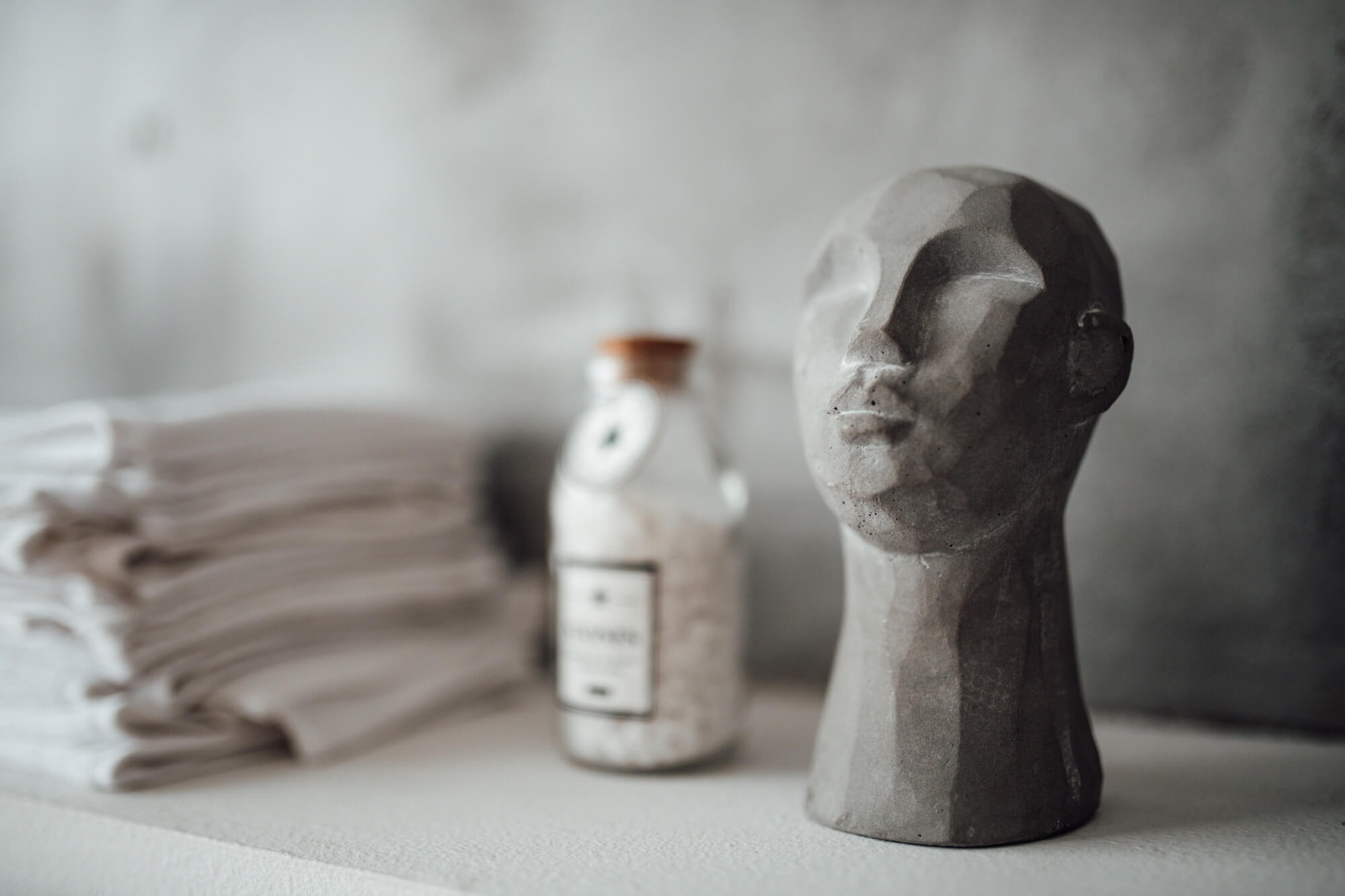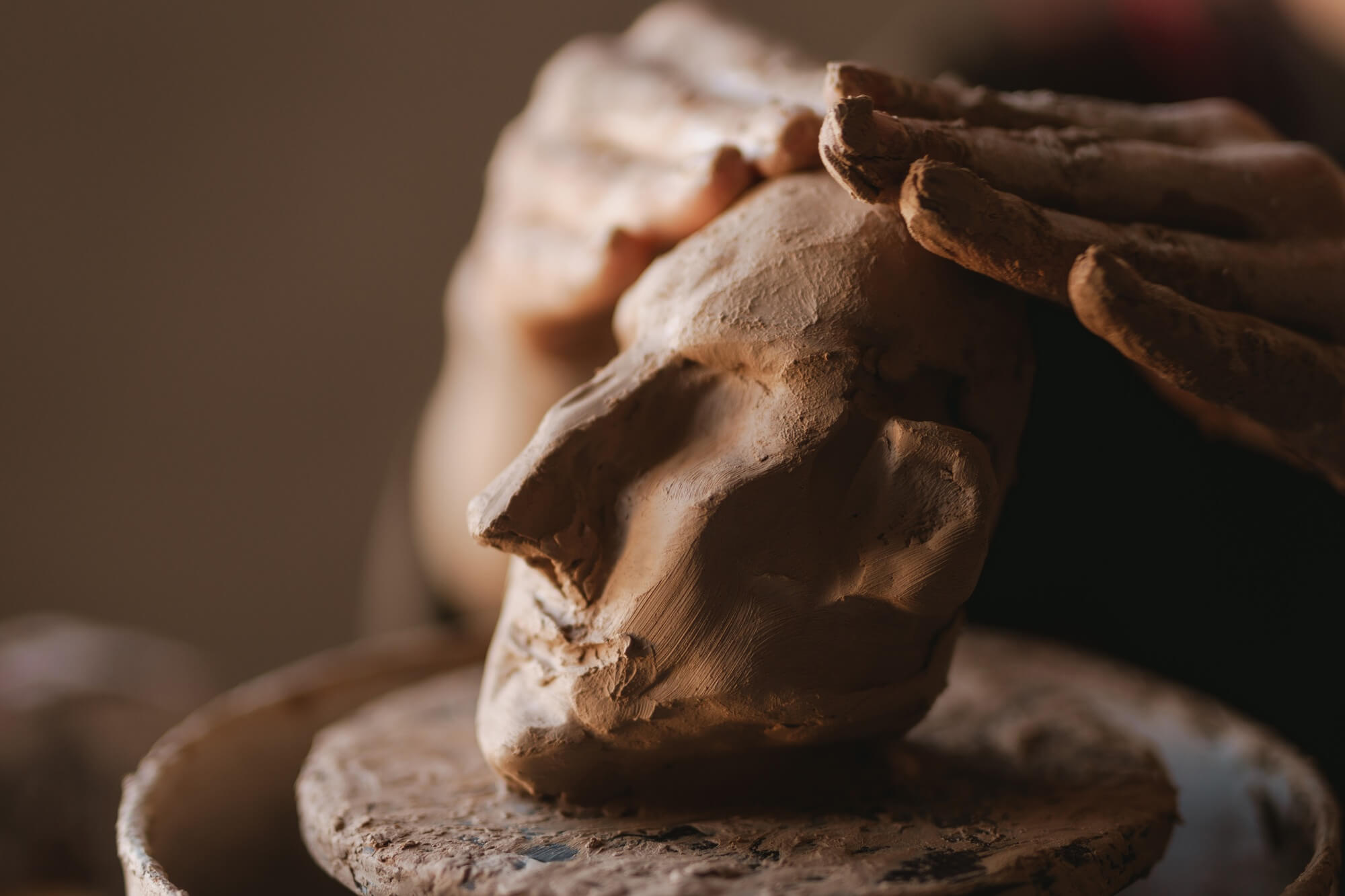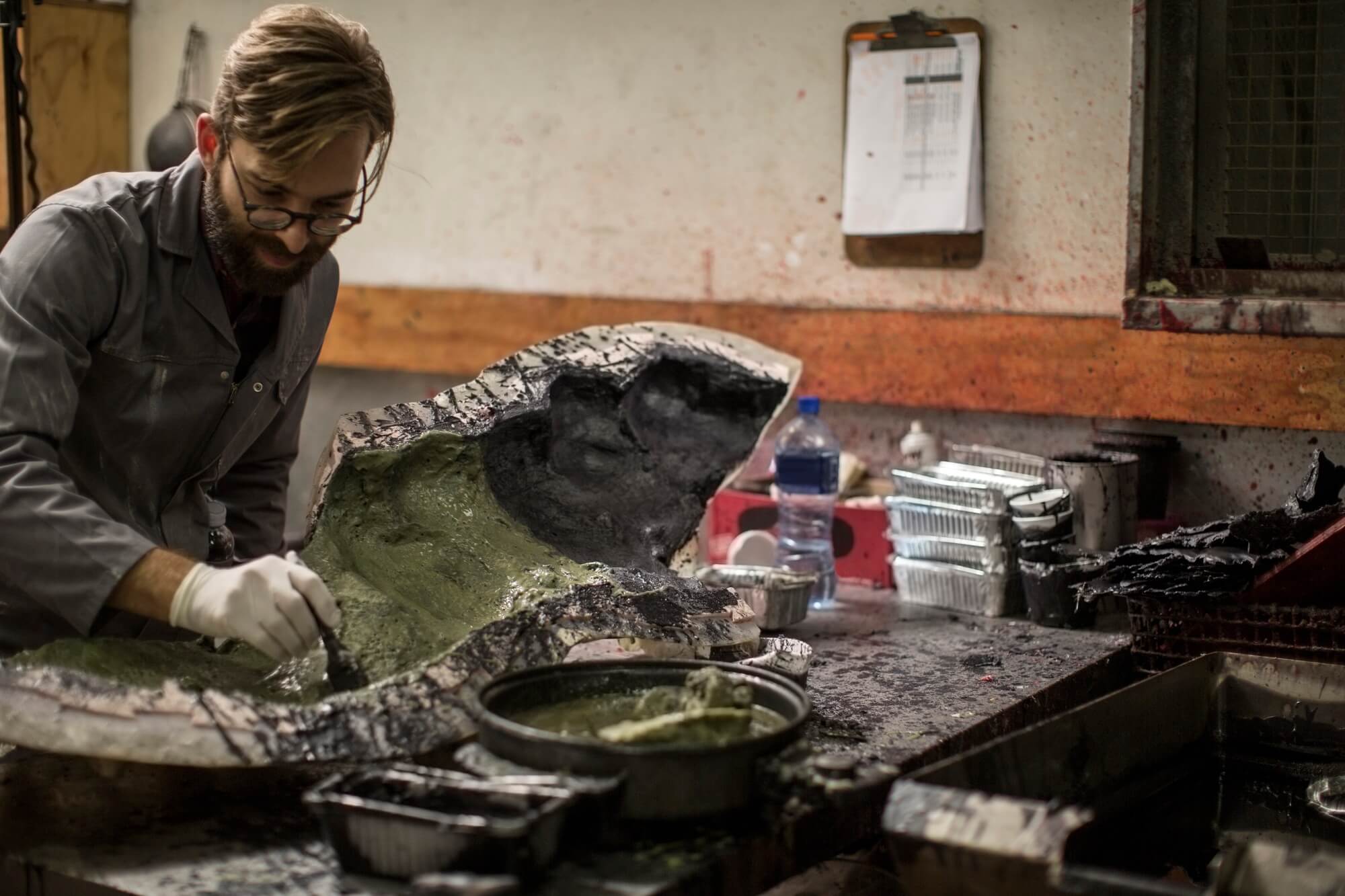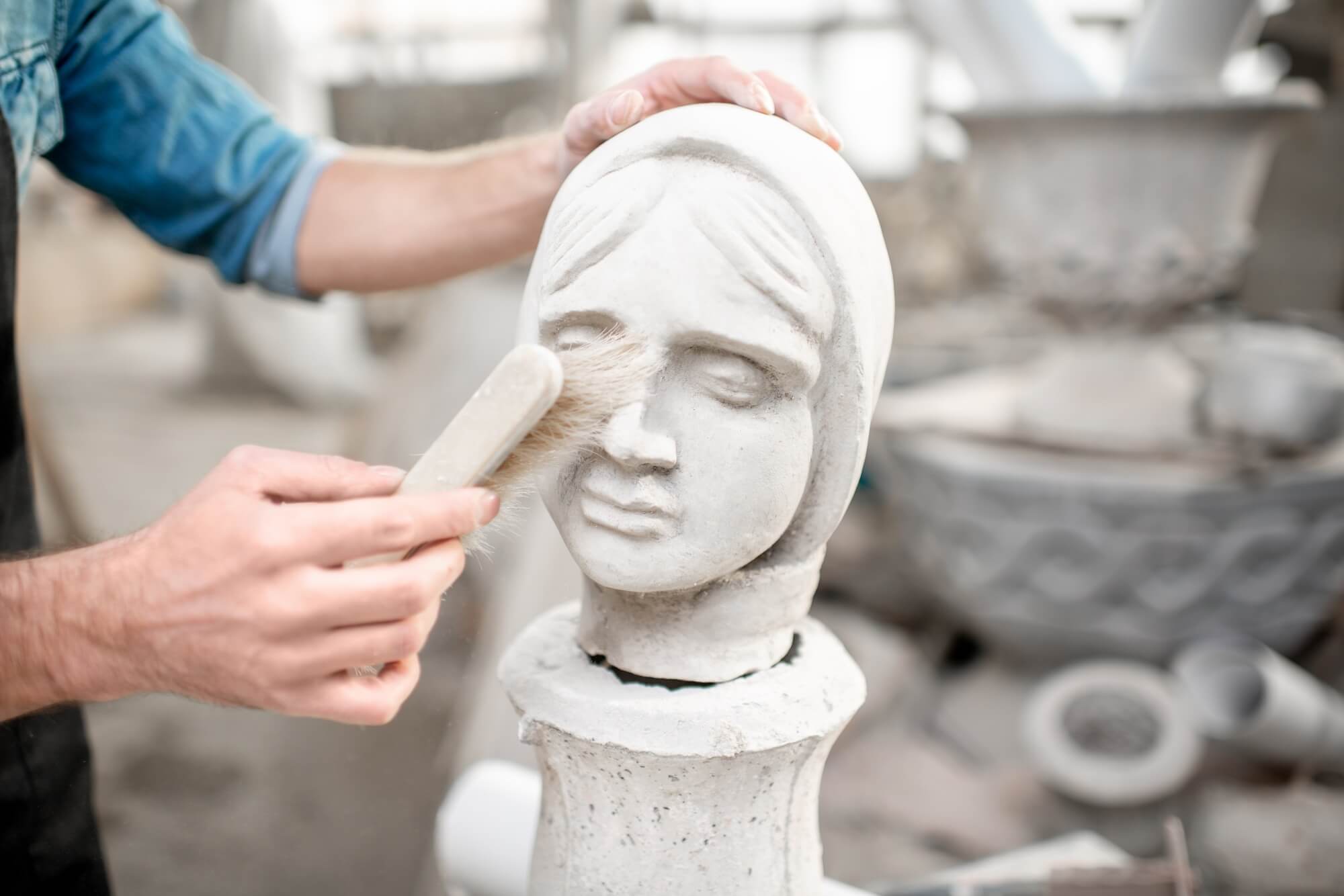Sculpture is more than just art. It captures history, preserves the emotions of its time, and stands as a witness to an era. From ancient civilisations to the present day, sculptors have used their craft to convey ideas, culture, and significant events.
How Does Sculpture Reflect Its Time?
Each era has left its mark on sculpture:
- Antiquity. Greek and Roman sculptors pursued the ideal of the human body, creating harmonious and majestic figures.
- The Middle Ages. Sculpture became deeply symbolic, reflecting religious themes and spiritual values.
- The Renaissance. A return to realistic forms, the study of anatomy, and a focus on capturing movement.
- Modernity. A blend of avant-garde, abstract forms, and experimentation with materials and emotions.
Sculpture as a Memory of Events
Key historical moments are often immortalised in art. In today’s world, sculptors create works inspired by personal experiences and global events.
For instance, Andriy Ivanyshchuk’s sculptures carry the memory of challenging times, the strength of the human spirit, and inner freedom. His style merges traditional ceramics with dynamic movement, reminding us that art can speak louder than words.
Would You Like a Sculpture with Deep Meaning?
Commission a unique sculpture that symbolises your values, memories, or emotions. Get in touch with the artist via Contacts and bring a meaningful work of art to life together!




